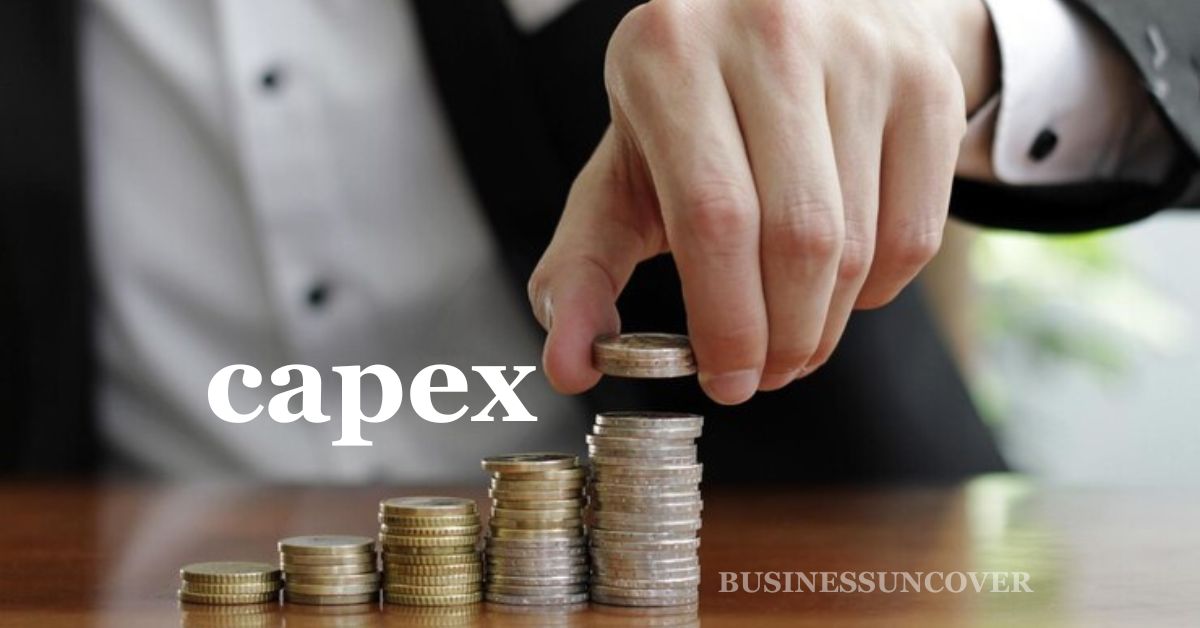India’s retail inflation has decreased, hitting a three-month low in September, mostly as a result of lower vegetable costs. It is still higher than the Reserve Bank of India’s (RBI) target of 4%, which the central bank has emphasized is essential before considering a rate decrease.
In September, the Consumer Price Index, which measures annual retail inflation, registered at 5.02 percent, a decrease from the previous month’s 6.83 percent, according to official data. Additionally, a Reuters poll’s prediction of a rate of 5.50 percent was lower than this actual number. Retail inflation had been 4.81 percent in June.
The entire consumer price basket’s largest component, food inflation, saw a significant drop from 9.94% in August to 6.56% in September. Although positive, these percentages were still beyond the RBI’s maximum tolerance range of 2% to 6%.
The cost of vegetables, which had been a major factor in recent months’ inflation, significantly decreased in September, falling from 26.14 percent to 3.39 percent. The inflation rate for cereal also decreased, going from 11.85% in August to 10.95% in September.
As long as there is a strong chance of a further increase in food prices, Thamashi De Silva of Capital Economics, reported by Reuters, “the central bank is unlikely to budge from its hawkish rhetoric.” She also pointed out that, despite a decline in overall inflation, India’s dry monsoon season continued to pose a risk of food inflation.
In an effort to reduce India’s retail inflation, the Indian government raised the cooking gas subsidy for low-income people from 200 rupees per cylinder in August to 300 rupees.
According to Reuters, Finance Minister Nirmala Sitharaman expressed concerns about regional and global uncertainty, saying that they might keep inflationary pressures high in the months to come. She focused on the government’s proactive actions to curb food inflation and their potential to reduce market pricing pressures.
Despite the Indian government’s decision not to publicly divulge core inflation numbers, two experts believe that the rate of inflation, which excludes volatile food and energy costs, was 4.5% in September, a tiny decline from the projected range of 4.6% to 4.9% in August.
Oil prices, which are currently at $85 per barrel, and the recent Israeli-Palestinian crisis, which may have an even greater impact on energy costs and general inflation, still cause for concern.
The RBI will carefully study the effects of the El Nino weather phenomena on crop output in Asia and the changing situation in the Middle East before making decisions on interest rates in the future, according to Madan Sabnavis, an economist at the Bank of Baroda, who spoke to Reuters.
In the meantime, the cost of some food staples, such as pulses and spices, remained on the increase, making it difficult to control inflation. Until June 2024, the RBI is anticipated to keep its repo rate the same, according to Sabnavis.







